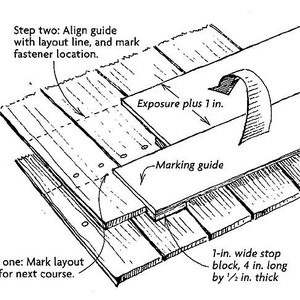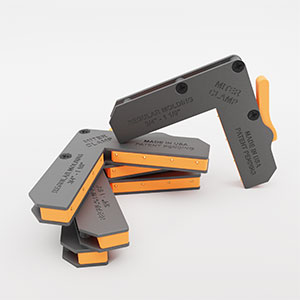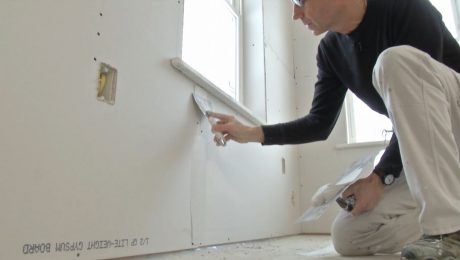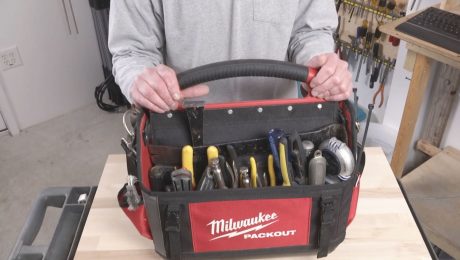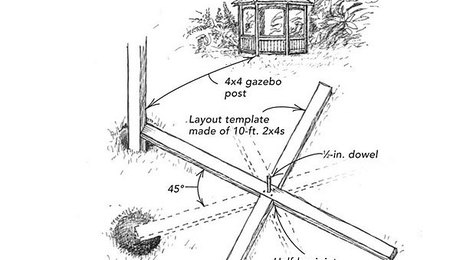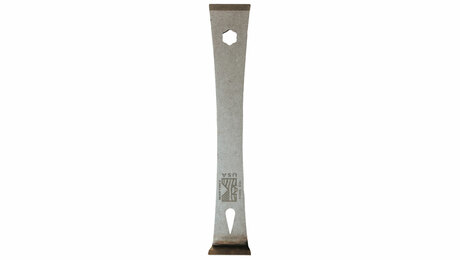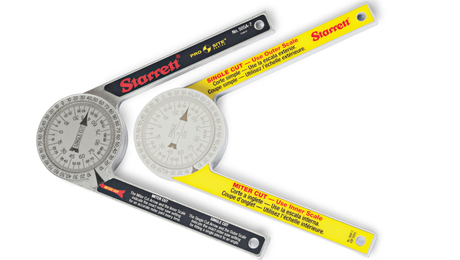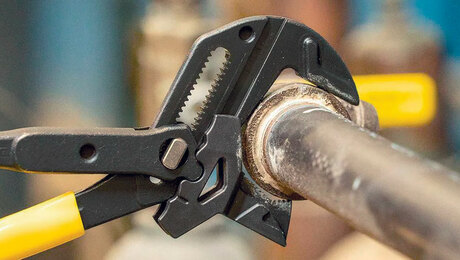A Carpenter’s Lumber Rack
A two-level welded-steel rack boosts even a small truck's carrying capacity and pops out easily when you don't need it.
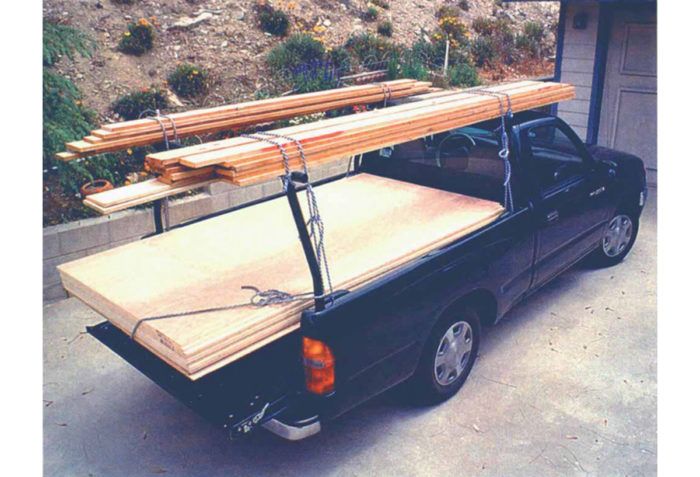
I’ll tell you a secret: I’m not a contractor. I’m a technical editor by day, and the main job of my little green Toyota pickup is to get me to the office and home again. But by night and on weekends, I’m a woodworker with lumber that needs to be toted in one direction and finished projects that need to be hauled in another.
The typical store-bought lumber rack cantilevering over the cab could certainly handle the job for a part-time guy like me, but I never wanted one. There is just something that bothers me about the idea of driving 300 miles a week with a big iron structure rattling around over my head.
And there are practical considerations. Because I’ve specialized in church furniture, I’m often called on to build something odd-size — a tall cross, a pulpit or a big altar — that’s equally awkward to load. Over the years, I’ve tried a variety of vehicles: vans, station wagons, even a mini-motor home with an unusual back end that opened up like a giant hatchback. The least practical for carrying lumber longer than about 8 ft. is the mini-pickup truck. If you have one, you know what I’m talking about: Sheets of plywood don’t fit between the wheel wells and don’t quite span them either; boards longer than the bed dangle over the tailgate and wag in the breeze. But small trucks make more economic sense for someone like me. Clearly, if I was going to have a small truck, I needed to figure out the best lumber rack.
Requirements for a sturdy frame that can be altered easily
I wanted the rack to carry both lumber and plywood with equal ease. For those long boards, all I really needed were two horizontal beams, approximately 4 ft. long, spaced roughly 6 ft. apart and just high enough so that a thin board hanging over the cab could droop a bit and not bang the roof.
I knew that loading full sheets of plywood on the rack could be inconvenient at best and downright painful at worst. The plywood would have to go in the bed. But then there was the pesky wheel-well problem. My solution to this issue, a pair of cross beams just above wheel-well height, immediately created another problem: They’d be in the way when it came time to deliver a big finished cabinet.
Obviously, the lower cross beams would have to be removable and not have any projections sticking into the cargo area to scratch a fresh finish. And speaking of removable, what about when there’s a tall cabinet to be delivered? Any overhead beams were going to be a nuisance in this situation; if I made every crosspiece removable, I’d end up with a bolted-together contraption that would surely rattle. I finally hit on the idea of making the rear rack removable and started my design.
Making a template from the truck
For aesthetics, I wanted the uprights to follow the silhouette of the cab, so I traced the cab itself. I propped up a piece of particle board in the front of the bed, just behind the cab, made sure it was level and perpendicular to the bed, and struck the angle of the cab side on the board with a pencil. I also marked it approximately 2 in. above the highest point of the roof for the crossbar. Back in the shop, I drew the full upright on this board, marking where the fore and aft knee braces join, right at bed height.
For more drawings and details, click the View PDF button below:




